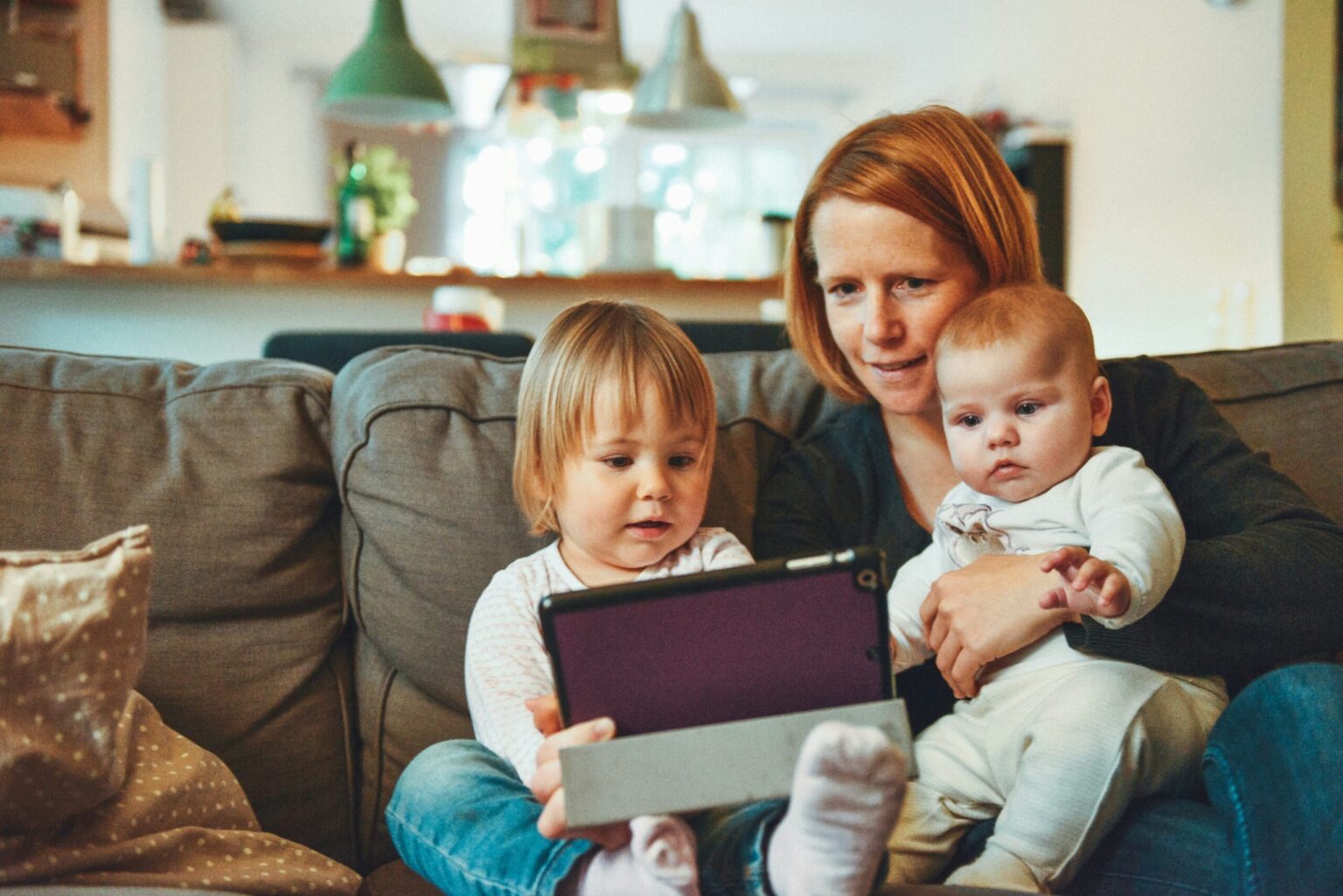Google has introduced a group of digital tools that let parents watch over younger users on phones and tablets. One of these changes uses machine learning to guess whether an individual is under 18. The goal is to give families more control over their children’s browsing and communications.
This age-based filter applies features such as SafeSearch defaults and blocks that are designed to keep harmful material away. The same system also introduces warnings in the Messages app, activated automatically for underage profiles.
Parents can adjust these settings if they opt for supervised accounts on Android devices. An important part of these updates is the sensitive content check.
When the software detects certain images, it warns minors about possible risks before they open them. This function is optional for adults, but it acts as an automatic layer of security for anyone younger than 18.
How Do Family Link Controls Work?
Family Link is designed as a one stop place for controlling child accounts on multiple devices. Parents can set time limits, lock phones or tablets from afar, and track a device location. The layout shows separate sections for each child, making it simple to choose the right rules for each individual.
Screen time management stands out as one of the more popular features. Guardians assign daily device usage or bedtime locks. If a youngster needs extra online minutes for homework, it takes only a few taps in the app to grant them. This helps avoid conflicts around how much time kids spend glued to screens.
Another aspect is content filtering. Adults decide which apps or games appear on a child’s device, setting approval requirements before downloads. This blocks anything that crosses lines around mature language or graphic content. There is also an option to pause a device entirely, so children can step away for chores or family time.
What About Class Hours And Spending?
Google’s School Time feature is set to restrict app usage during designated periods. This means educational apps are allowed, while social or entertainment software stays off-limits. Parents turn this setting on in Family Link and let it switch off after school ends. It helps reduce digital interruptions when lessons are underway.
Parents also have a chance to specify which contacts can reach their child’s phone. This is an extra shield against unwanted calls or messages. A parent may add safe numbers into a contact list, then limit calls and texts to only those entries. This allows more control over social connections.
A tap-to-pay feature is on track for kids who are under the legal age of consent. Adults load a payment card to Google Wallet, letting minors make purchases in stores. Any new card requires parent sign-off, and guardians can review transaction details. This method prevents impulsive spending and fosters safer money habits.
How Are These Tools Beneficial At Home?
Google hopes to give parents relief by building an environment tailored to different ages. One child might need limits on social apps, while a teen may have more freedom. Family Link gathers settings in one place, so guardians tweak them as children mature, rather than juggling separate controls across multiple services.
There is also a programme called Be Internet Awesome, created to teach youngsters about online safety. It presents playful lessons and interactive games that show them how to spot scams, identify cyberbullies, and handle privacy. Schools use these materials in classrooms, and families can do the same at home free of chae.
Many find these tools helpful for building awareness and digital routines. They seek to guide children without removing all online privileges.
Through features such as machine learning filters, contact limits, and payment restrictions, Google continues to adapt its products in order to protect younger audiences. Each household decides what works best.




